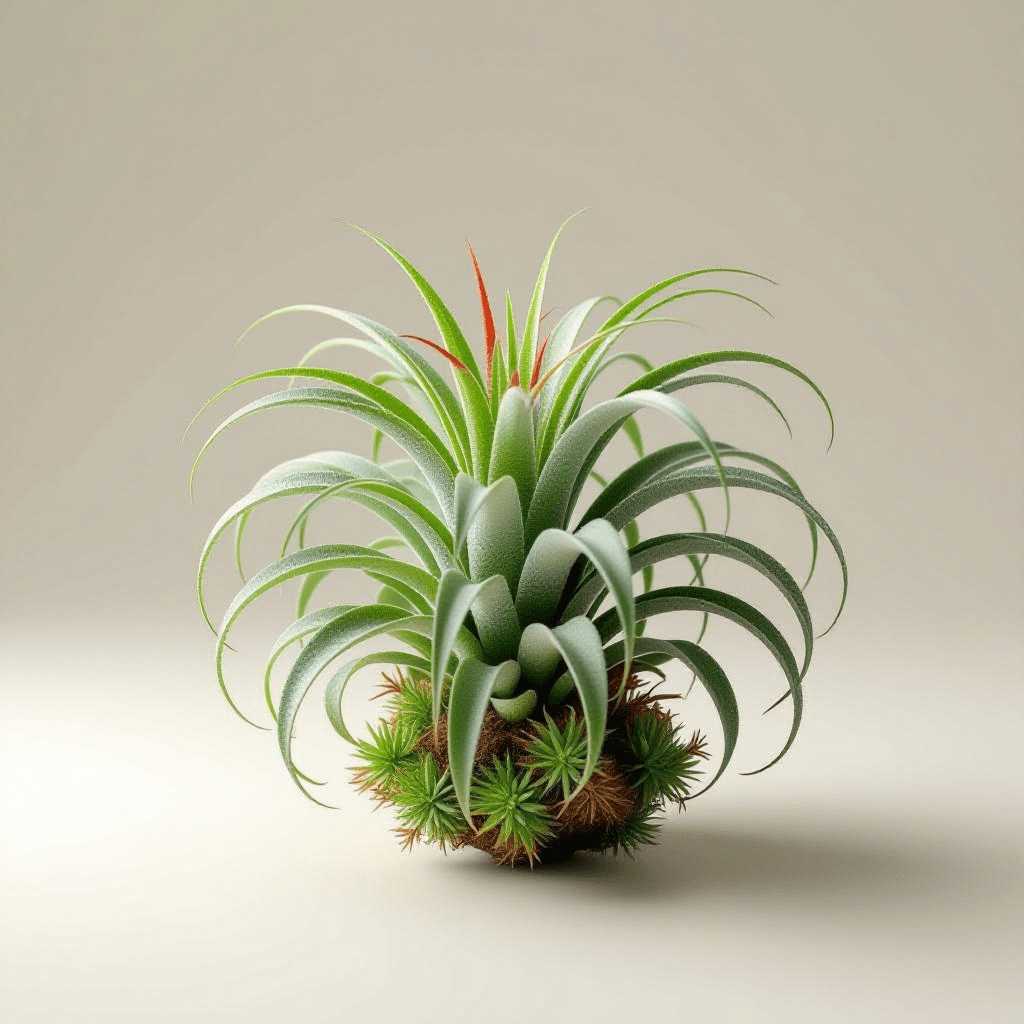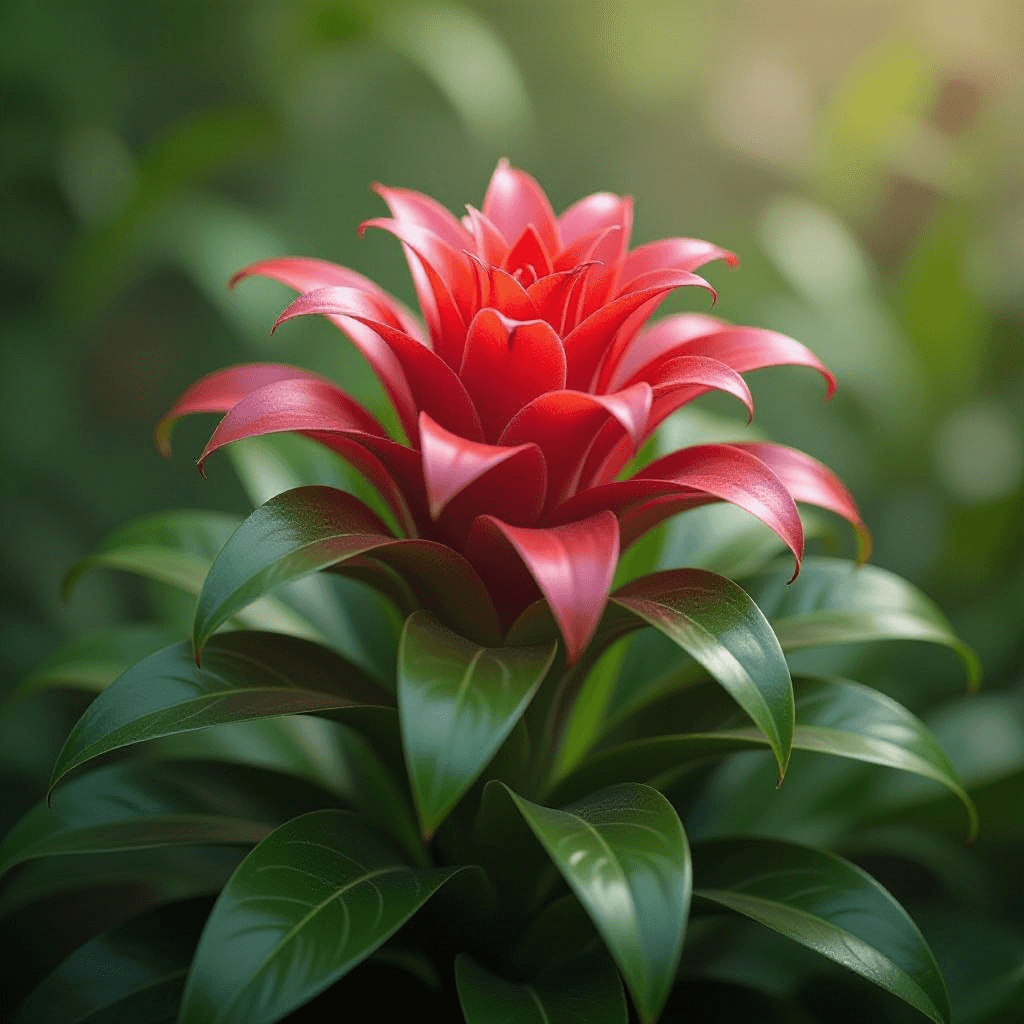Understanding African Violets
African Violets, scientifically known as Saintpaulia, are beloved houseplants that originate from the mountainous regions of East Africa, particularly in Tanzania and Kenya. These charming plants have captured the hearts of enthusiasts worldwide due to their intriguing characteristics and the splash of color they bring to indoor spaces. African Violets are recognized for their velvety leaves and stunning flowers, which bloom in various shades, including purple, pink, white, and blue. The diversity in flower color and leaf patterns enhances their appeal, making them a popular choice for both novice and experienced gardeners.
There are several types of African Violets, but the most commonly cultivated are hybrids, which exhibit a wide array of unique features. These hybrids often have different flower forms, varying from single to double blooms, and display intricate patterns on their leaves ranging from dark green to variegated types. For instance, some of the most popular varieties include the ‘African Violet-Blue’ with its deep blue petals and ‘White Crown’ known for its striking white flowers that flourish among lush green foliage. These distinctions not only contribute to their aesthetic appeal but also provide a variety of choices for individuals looking to enhance their décor.
Furthermore, the African Violet’s relatively easy care requirements make it an ideal candidate for home and office environments. With proper light, moderate humidity, and occasional watering, these plants can thrive indoors, adding a vibrant touch to desks and living rooms alike. Their adaptability to different lighting conditions further bolsters their popularity. By integrating African Violets into your living space, you not only improve visual appeal but also contribute to a more serene atmosphere, enhancing overall well-being.
Essential Care Tips
Caring for African violets (Saintpaulia) requires attention to various environmental factors that contribute to their well-being. Firstly, these plants thrive in bright, indirect sunlight. Ideally, place your African violets near east or north-facing windows, where they can receive four to six hours of filtered light each day. Direct sunlight can scorch their delicate leaves, so it is crucial to monitor their exposure accordingly. In terms of temperature, African violets prefer a moderate environment with a daytime range of 70°F to 80°F (21°C to 27°C) and slightly cooler nighttime temperatures around 65°F to 75°F (18°C to 24°C). Keeping them away from cold drafts will also support healthy growth.
Humidity plays a significant role in the flourishing of African violets. These plants prefer a humidity level of 50% or higher, making it essential to consider their placement in the home. You can achieve optimal humidity by using a humidifier, grouping plants together, or placing the pot on a tray filled with pebbles and water, ensuring that the bottom of the pot does not sit in the water directly. When it comes to watering, it is advisable to use room temperature water to avoid shocking the plant. Water only when the top inch of the soil feels dry, allowing the water to soak through to the roots while preventing overwatering, which is a common cause of root rot.
The choice of soil is another vital aspect to ensure your African violets thrive. A lightweight, well-draining potting mix specifically formulated for African violets or houseplants is ideal. This type of soil allows proper aeration and drainage, preventing issues associated with waterlogged roots. When potting, choose a container with drainage holes; this enables excess water to escape and contributes to a healthy root system. By following these essential care tips, you will create an environment conducive to the growth and beautiful blooming of African violets.
Fertilizing and Repotting African Violets
Fertilizing African Violets is crucial for maintaining their vibrant foliage and stunning blooms. This plant thrives on a balanced diet, requiring specific nutrients to flourish. A fertilizer specially formulated for African Violets, typically high in phosphorus, is recommended for optimal growth. Liquid fertilizers are particularly advantageous, allowing for easy application and absorption. Feeding should occur every two to four weeks during the active growing season, typically from spring through early fall. It is essential to dilute the fertilizer to half-strength to avoid damaging the roots, which are particularly sensitive to high concentrations.
Understanding when to fertilize is as important as knowing how. Signs of nutrient deficiency can manifest in pale leaves or stunted growth, indicating that your African Violets require fertilization. Conversely, if the leaves begin to exhibit a dark green tint or if blooms become sparse, it may be a sign of over-fertilization. In such cases, ceasing fertilization until the plant recovers is advisable.
Repotting African Violets is a necessary practice to ensure their healthy growth. Generally, it is recommended to repot every 12 to 18 months or when the roots start to outgrow their container. Signs that it is time to repot include roots emerging from the drainage holes or soil appearing compacted and depleted of nutrients. When repotting, gentle handling is paramount to avoid damaging the delicate roots. Choose a pot that is slightly larger than the previous one, generally 1-2 inches wider in diameter. Ensure that the new pot has adequate drainage, as African Violets prefer a well-draining potting mix, ideally one designed specifically for them.
Pest and Disease Management
Proper management of pests and diseases is crucial to ensure the healthy growth of African Violets. These plants, while relatively resilient, can be susceptible to various pests and diseases that may compromise their beauty and vitality. Recognizing the signs of infestations or illnesses early on is essential for effective treatment.
One common pest that affects African Violets is the aphid, which often appears as tiny, green insects clinging to new growth. Another frequent visitor is the spider mite, characterized by the webbing it leaves on the undersides of leaves. Both pests can cause significant damage by sucking sap from the plants, leading to diminished vigor and leaf drop. To manage these pests, a gentle spray of water on the affected areas can dislodge them, while insecticidal soaps or horticultural oils can be utilized for more persistent infestations.
In addition to pests, African Violets may face diseases such as fungal infections, which often manifest as brown or yellow spots on leaves. Over-watering and poor air circulation can exacerbate these issues. To prevent fungal diseases, it’s advisable to ensure good drainage and healthy soil moisture levels. Should an infection occur, removing affected leaves and applying a suitable fungicide can help prevent further spread. Regularly inspecting your plants will aid in early detection of these issues.
Aside from immediate treatment, preventative measures are crucial for the overall health of your African Violets. Maintaining appropriate humidity levels, avoiding water on the leaves, and ensuring proper airflow around the plants are some effective strategies. Quarantine new plants before introducing them to your collection can also minimize the risk of pest introduction. By implementing these guidelines, you can significantly enhance the resilience of your African Violets against pests and diseases.


